The Scottish National Gallery’s ‘A Taste for Impressionism’, one of the flagship shows of this year’s Edinburgh Art Festival, includes Degas’s Before the Performance (c. 1896–98), its scene of dancers in rehearsal reflecting the painter’s preference for depicting performers before they have perfected their artifice. It seems an appropriate exhibit for the festival’s new director Kim McAleese, whose curatorial output to date – in her last job at Birmingham’s Grand Union in particular – has been as much about fostering and developing talent as putting on a show.
But having started the job less than a month ago, McAleese has, in this case, walked in on the finished product. ‘I’ve come in just before the festival opens, which means I wasn’t even involved in the planning of the opening events, the invite list, that sort of thing,’ she says.
Born in Belfast, McAleese has had an extensive curatorial career and was a Turner Prize jurist last year – but this is her first time running a festival, a format she describes as ‘a strange beast’. Surprisingly, she insists the timing of the appointment, which follows Sorcha Carey’s departure after 11 years, is ideal. Had she come in several months earlier, she explains, she could have been tempted to get involved in ‘last minute planning and realisation’. She adds: ‘If there are certain things that could potentially shift or change, I’m able to see it through this festival and then I can deliver it next year.’

‘Watch this Space’, an events space where Community Wellbeing Collective (C.W.C.) host workshops and discussions. Photo: Ayọ̀ Akínwándé, 2022; Courtesy C.W.C
But this must also be challenging for McAleese, who is bursting with energy when we meet over a coffee on the terrace of Edinburgh Sculpture Workshop’s Milk cafe, near her new home in the city’s Newhaven district. She wants to bring the organisation closer to both the people of the city and the 1.4 million visitors who come during the month of August each year. Historically, the art festival has struggled to draw in anywhere close to the number of visitors to the city’s longer established international, fringe and film festivals. She also wants to see a greater emphasis on co-commissioning, which she says ‘has always been a big part of how I’ve put on shows with artists’.
Unlike the other festivals, however, the art festival continues beyond the month of August, with some of its listed exhibitions appearing not to be not specifically attached to the programme, but rather cultural events that just happen to be on at the same time. Could this be partly to blame for its lack of profile and identity? McAleese is ambivalent. The art festival has come a long way since it was started, 18 years ago, as a ‘consortium’ of existing exhibition spaces hoping to capitalise on the traffic of the other festivals ‘and a kind of marketing exercise,’ she says. Carey’s legacy includes significant original commissions, some of which have become permanent fixtures in the city. McAleese has worked extensively on public realm exhibits in the past, but she cautions: ‘I think the art festival is key to highlighting what is there all year round.’

An object lesson (1901), J.S. Pughe; research image for Ruth Ewan’s The Beast (2022), commissioned for Edinburgh Art Festival. United States Library of Congress, Washington, D.C.
McAleese is a self-confessed structures obsessive and getting her head around the governance, board and funding of the festival has been her first priority. ‘It’s something I really want to scrutinise: what we can and cannot accept, and also where we go after,’ she says. But she’s conscious as well that the priorities and criteria of public and charitable funders have changed too, to put a greater emphasis on diversity and access to the arts. This, she says, is ‘something I’ve been thinking about and practicing for a long time’.
McAleese does not, however, seem the type to alter a programme for the sake of winning approval. The art festival has not, to her knowledge, had to sever any connections with prominent Russians – unlike the international festival, which asked conductor Valery Gergiev to resign following the invasion of Ukraine. ‘But again, I’ll be thinking about these things because that will be built into the approach of who I’ll work with and who I won’t work with, ethically and responsibly,’ McAleese says. She thinks ‘there has been a ‘hysteria’ about working with Russians full stop, however, and believes conversations need to be ‘a lot more nuanced’ because ‘the arts space is exactly where we shouldn’t shy away from having those conversations’. Some aspects of this year’s offering have already faced criticism for their politics, such as Ruth Ewan’s animation film The Beast, dismissed as ‘Marxist’ and ‘one-sided’ by the Guardian’s Jonathan Jones. But McAleese is undeterred. ‘I’ve always worked with artists who are very politically engaged,’ she says. ‘For me, it’s not interesting, for the work, for festivals or for public bodies, to not be engaging with socio-political conversations.’
Edinburgh Art Festival is at various locations around Edinburgh, Scotland until 28 August.
Unlimited access from just $16 every 3 months
Subscribe to get unlimited and exclusive access to the top art stories, interviews and exhibition reviews.

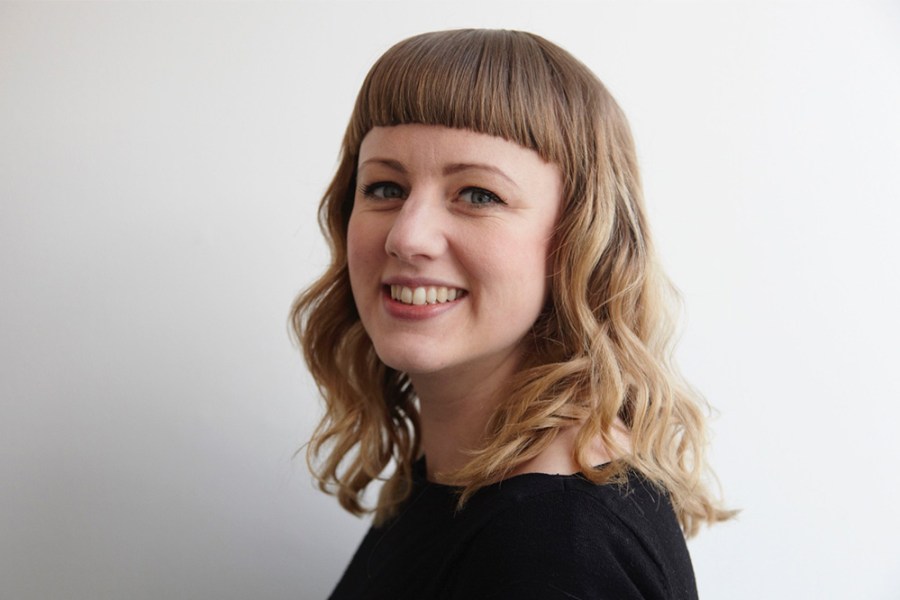
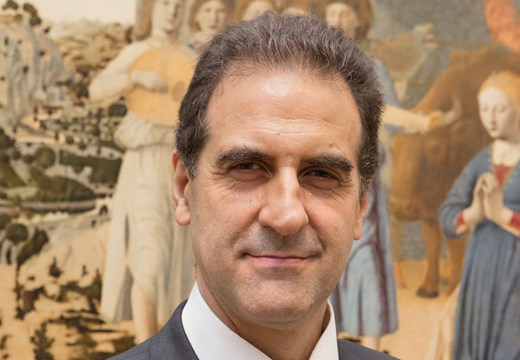
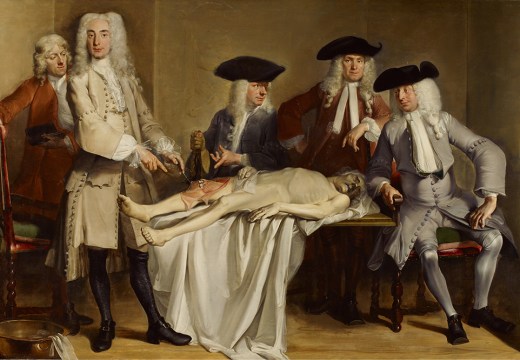
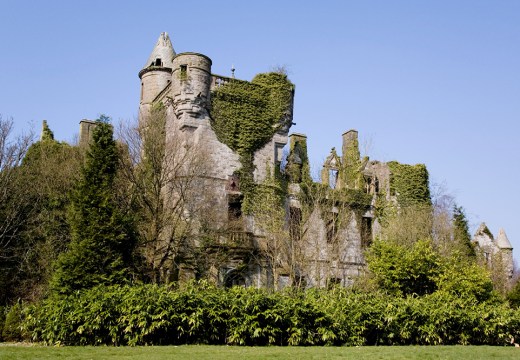

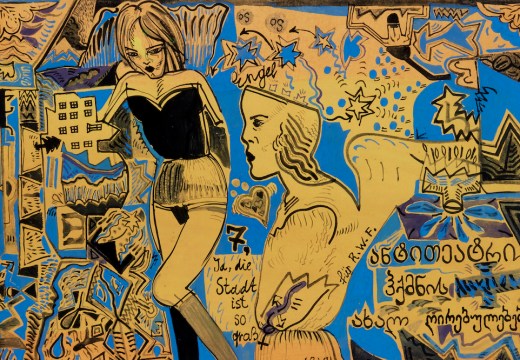
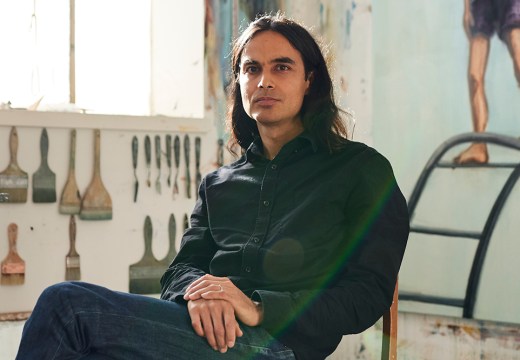
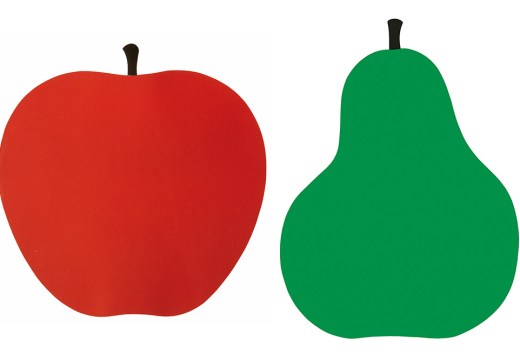
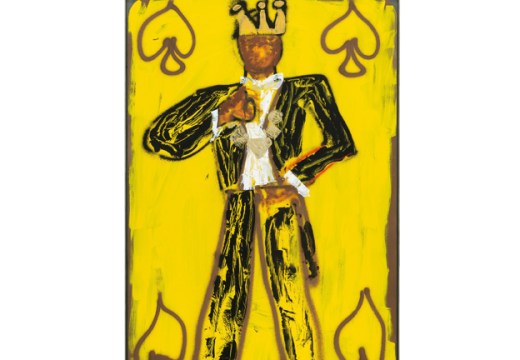




![Masterpiece [Re]discovery 2022. Photo: Ben Fisher Photography, courtesy of Masterpiece London](http://www.apollo-magazine.com/wp-content/uploads/2022/07/MPL2022_4263.jpg)
Has the Fitzwilliam still got the hang of things?